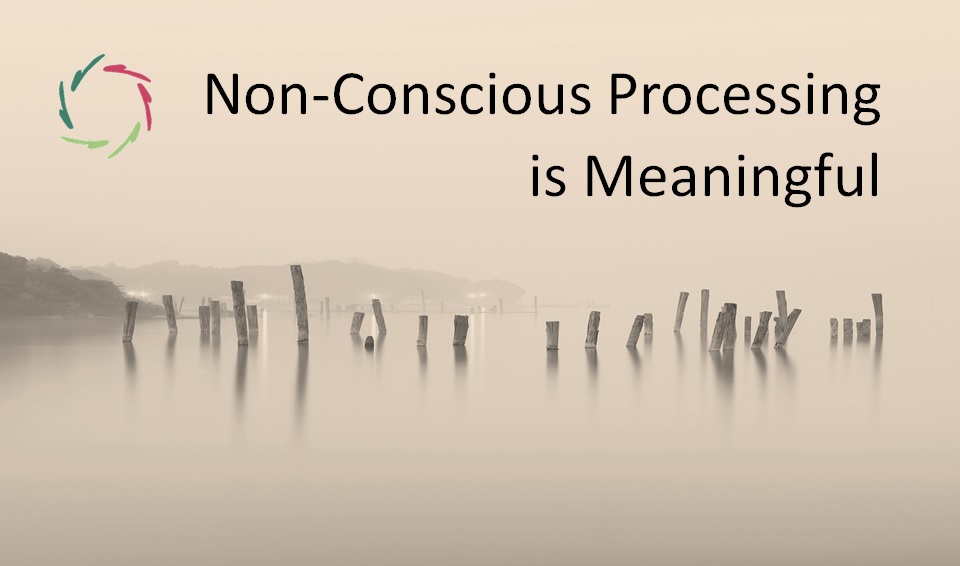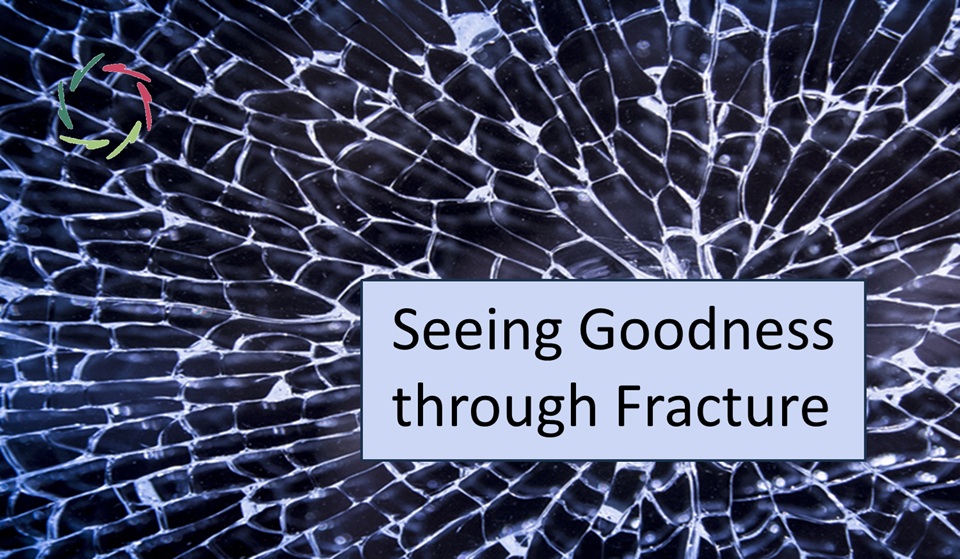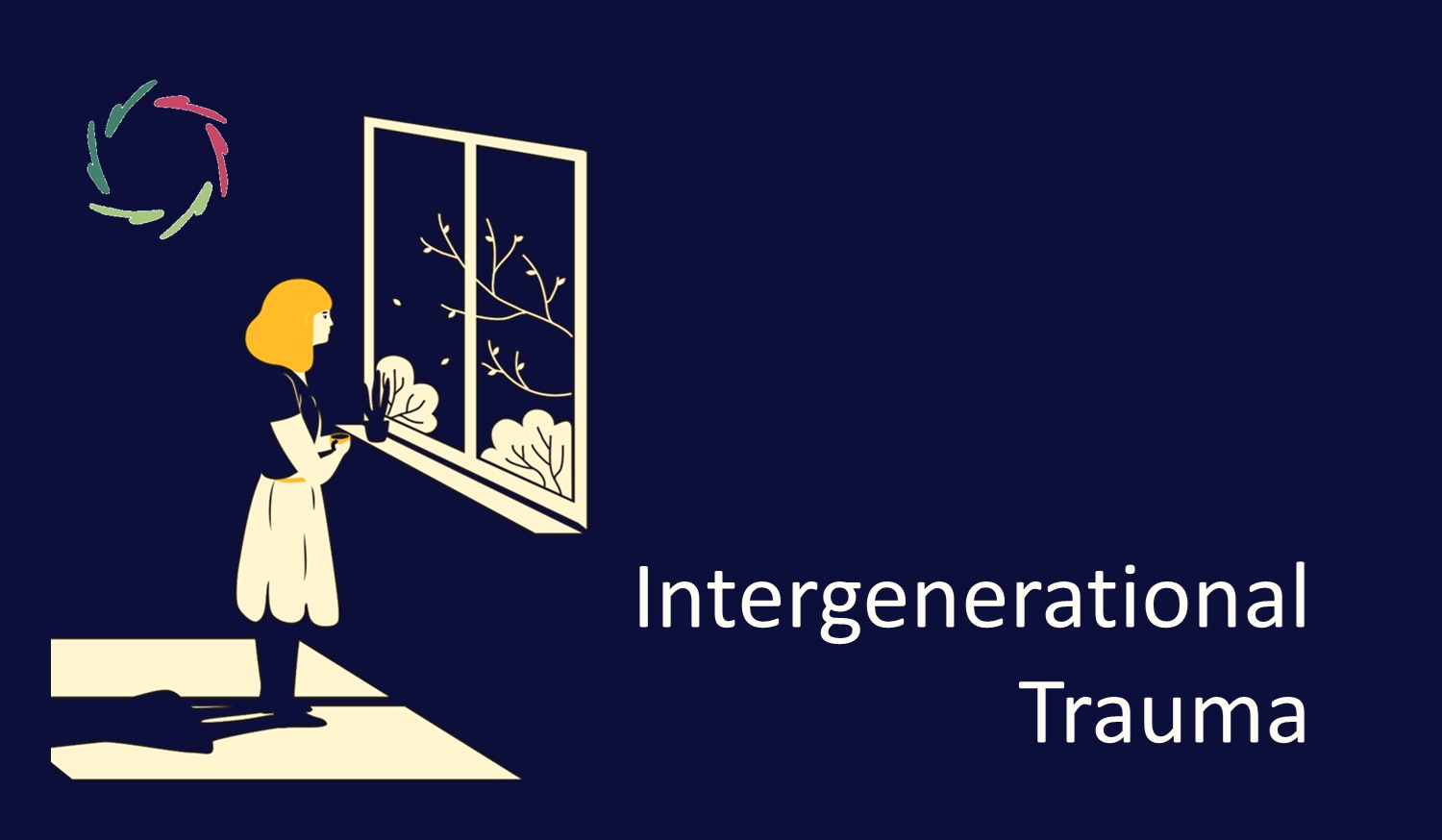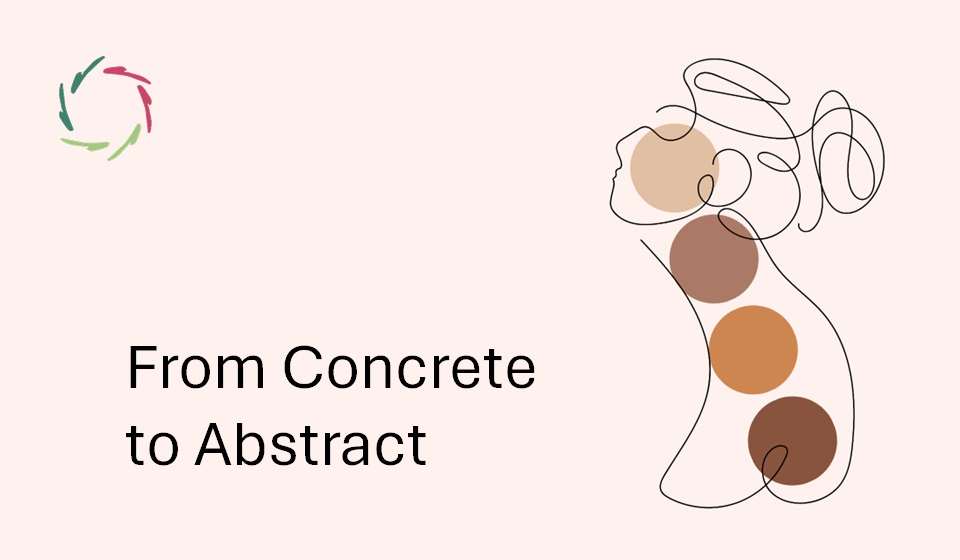Non-Conscious Processing is Meaningful

What science shows is not always easy to cope with. Especially if it’s about ourselves. Especially about the deeper parts of ourselves.
You cannot consciously decide what is meaningful to you.
Dear reader, if this is new to you,
then please don’t get too disconcerted. This is a small step – not even a step – with the most profound possible consequence.
The non-conscious can be seen as a set of leverages that together form a complicated mechanism. The last word is the most important: mechanism.
This viewpoint is about direct control. A mechanism is an instrument. An instrument is something that can be used by an agent. The agent is in control. This is the way that most people see themselves nowadays. The existence of something like a non-conscious is acknowledged. It is seen as something that is controlled by something-in-control. The latter is the agent, the ‘me’ who also controls the body. It is where free will resides.
I decide to move my left little finger.
And see, it moves. Excellent; I just typed an ‘A’!
It is the most straightforward thing on earth, and yet it is wrong. Not the ‘A’ but the idea that I fully consciously decided to push that button. My non-conscious was just a bit faster. This means that, causally, the direction doesn’t start from my conscious decision.
I didn’t use my non-conscious. My non-conscious used me.
Wrong again, of course. But this already shows that things are not as straightforward as you might think at first sight.
So, who does what, when, how?
Rest assured, there is no exit to this conundrum before you start profoundly thinking about the meaning of ‘I.’ [see: “The Story of ‘I’”]
Am I fully conscious of what I meaningfully decide to do? Is this conscious decider whom I call ‘I’ really the one who does the deciding? Or is the ‘I’ better to be seen as the total person, including conscious and non-conscious meaningful processing?
You decide, but please read the following first, an excerpt from my book Your Mind as Cure:
“As to the definition of the non-conscious as “all mental processes of which we are not conscious yet that influence our thoughts, emotions, perception, and behavior in meaningful ways,” some examples are:
- You are at a cocktail party, drinking a glass of champagne and talking to a friend. An orchestra is playing. There is music, a lot of chatter, and other background noise. Suddenly, you are sure someone in the crowd mentioned your name, although you didn’t really hear it. Somehow, your non-conscious was scanning all the conversations and background noises on the lookout for pieces of information that might be of personal interest to you. All this was going on without you being consciously aware of it.
- If you drive a car, you are probably familiar with the following situation. You drive back home after visiting some friends or family. Parts of the evening or fragments of the conversation are still playing through your head. And then suddenly, and somewhat to your surprise, you turn into your driveway. You have no idea how you got there. You have no memory of the road you traveled that night. Your non-conscious has driven the car home without a hitch while you were consciously thinking of other things.
- Robert Bornstein of Gettysburg College devised a series of interesting experiments in which the research subjects, graduate students, were exposed to several photographs of individual people. Exposure was short: only 1/5 of a second or less. As a result, the exposure remained ‘subliminal,’ meaning that none of Bornstein’s students could report having (consciously) seen the pictures. Still, when the students afterward met some of the people represented in the photos, they reacted more positively to them and, in general, ‘felt better’ about them than about people who had not figured in the pictures. In other words, mere exposure to a human face, even when this exposure remains non-conscious, results in a more favorable valuation of the person in question when you meet him or her afterward [Bornstein et al., 1992].
- We are all familiar with the tip-of-the-tongue phenomenon. Your mind is actively searching for the name of someone you know, but whatever you do, you cannot come up with the name right away. The name is, you might say, ‘on the tip of my tongue.’ Well, not precisely… You are unable to become conscious of that name, but still convinced that you know it, so where is it? Where then is it stored? The name must be ‘present’ somewhere in your non-conscious.
- There is a phenomenon called ideomotor behavior. Suppose you are an enthusiastic Dodgers fan and watching one of their games on television. The game is in overtime, and the Dodgers need a field goal to win the match. You see the kicker makes his approach to the ball and… At that moment, if you are 100% focused on the game, your foot may shoot out and hit the coffee table. This is called ‘ideomotor behavior’: seeing the representation of behavior (in our example seeing or anticipating it on television) is sufficient for initiating that behavior in you. You have not made a conscious decision to kick the table. There is, after all, little that you can do to influence the game. Your reaction was initiated non-consciously.
- If you are an artist or a scientist, you have probably already experienced that the best inspirations often arrive without really knowing how they came about. Henri Poincaré (1854-1912) was a famous French mathematician who, amongst other things, laid the foundations of Chaos Theory. Poincaré was also fascinated with the discovery of mathematical solutions through a process of intuition. He described spontaneous and unexpected inspiration as a consequence of prolonged and unmistakably non-conscious effort. But you don’t need to be an artist or scientist to know that it is sound advice to ‘sleep on a problem.’ What happens is that, before going to sleep, you invite your non-conscious to prepare the solution for you. During the night, unbeknownst to you, the non-conscious is busily at work. When you awake in the morning, surprisingly, the answer may be there waiting for you.
- fMRI, which stands for ‘functional Magnetic Resonance Imagining,’ is a technique developed to visualize what parts of the brain are active while performing different mental activities. Recently, fMRI has made it possible to have a new look at the mental processing that goes on before conscious awareness. Researchers from the group of John-Dylan Haynes asked people to press a button with their left or their right hand [Haynes, 2011]. They were completely free to make this decision anytime they wanted but had to register the exact moment when they made up their mind. The researchers looked at the brains of these subjects and could see from the patterns of brain activity which hand was going to push the button a full seven seconds before the subjects consciously made their decision. In other words, the non-conscious has already – partly, at least – reached a decision to use the left or right hand, seven seconds before the person consciously decides what to do. It appears that our conscious awareness lags a good deal behind non-conscious processing. What we feel to be a conscious decision, may already have been non-consciously determined. It makes one wonder about the reality of the free will.
One can easily add to the above list of examples showing the reality of the non-conscious. Metaphorically speaking, our consciousness is only the surface of a deep lake where constant mental activity is going on below the surface. Without the water, no surface. It is hard to deny the reality of non-conscious processes, although we may still underestimate its effect. After all, we have – by definition! – no conscious awareness of the non-conscious.”
Back to this blog
The whole book goes further into the importance of this basic insight: Non-conscious processing is meaningful. It profoundly influences our health and healing. It deeply affects our motivations, our values, and, thus, the whole world.
But ‘it is not an ‘it’ in the end. It is not a mechanism. It is a complex organism. It is ‘you,’ only not as you may have been thinking until now.
Is this important?
Absolutely. It makes a world of difference in everything related to the world in so far as it concerns living, sentient beings.
Such as you and me and all people.
This is more important now than it has ever been.
Science shows things that are not always easy to cope with. At the same time, it enables us to build technology that makes it of the utmost importance that we do cope with it.
More and more, we are living with the consequences of not doing so.
One can try to escape this, but that would be ‘escaping oneself.’ Not possible. What happens is that one becomes very, very, very vulnerable.
References
[Bornstein et al., 1992] Bornstein RF, D’Agostino PR. Stimulus recognition and the mere exposure effect. J Pers Soc Psychol. 1992;63(4):545–552.
[Haynes, 2011] Haynes JD. (2011) Beyond Libet: Long-Term Prediction of Free Choices from Neuroimaging Signals. In: Dehaene S., Christen Y. (eds) Characterizing Consciousness: From Cognition to the Clinic?. Research and Perspectives in Neurosciences. Springer, Berlin, Heidelberg


